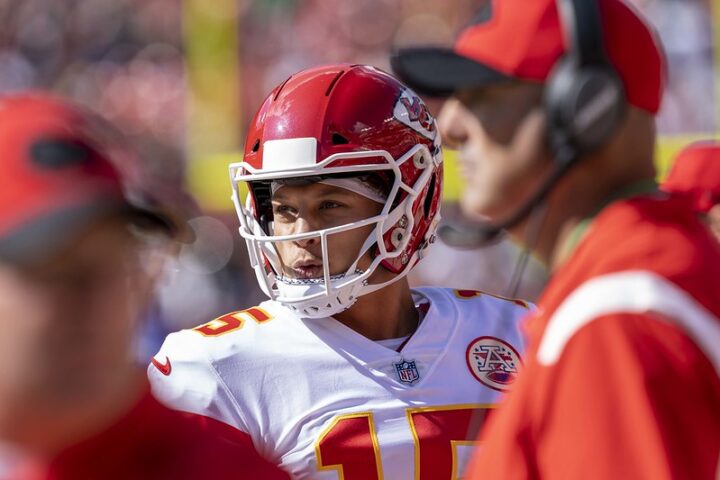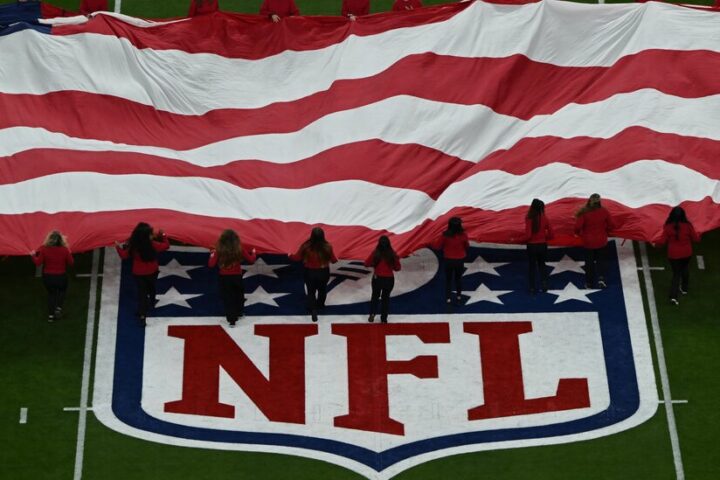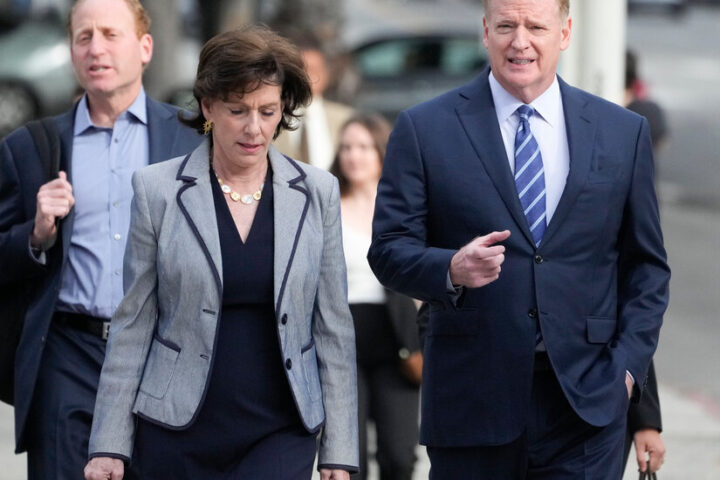The Cleveland Browns are among the most cursed franchises in all of professional sports, and perhaps no moment defines that status more than “The Fumble.” Running back Earnest Byner’s costly mistake lives on to this day, and no one in the Cleveland area will forget about it anytime soon.
What does it take to endure the elements and challenges of being a Cleveland Browns fan? Hope. Watch PFN’s feature-length documentary on the psyche of Cleveland Browns fans and sports in the city of Cleveland. Watch here.
What was the ‘The Fumble?’
The date was Jan. 17, 1988. Ronald Reagan was president. Michael Jackson’s “The Way You Make Me Feel” was the No. 1 song on the charts. And the Browns were about to commit another catastrophic error that would go down in history.
In the AFC Championship Game, Cleveland hosted the Denver Broncos, the same team that had torn the Browns’ hearts out in the previous season’s AFC title matchup. John Elway had engineered “The Drive,” a 98-yard series that ended with a touchdown that sent the game to overtime. Denver prevailed in OT before losing the Super Bowl to the New York Giants.
In the 1987 season, Elway put up an MVP performance and led the Broncos to the No. 1 seed in the conference. Browns quarterback Bernie Kosar, meanwhile, was coming off a Pro Bowl campaign of his own, helping Cleveland to the No. 2 seed.
Early in the AFC Championship Game, it appeared that Denver would sail through to another Super Bowl appearance. Elway threw a touchdown pass to Ricky Nattiel while Steve Sewell and Gene Lang ran in scores. Cleveland could only muster a field goal, and the Broncos led 28-3 at halftime.
Things turned around in the third quarter. Kosar tossed a TD to Reggie Langhorne while running back Earnest Byner scored twice (once on the ground and another as a receiver). Then, early in the fourth quarter, a Kosar passing touchdown to Webster Slaughter tied the game at 31.
A fumble that will live in infamy
With roughly four minutes left in the game, Elway hit Sammy Winder for a score to give the Broncos a seven-point lead. Cleveland wasn’t dead, though — Kosar and the Browns drove down the field to set up a 2nd-and-5 from the Denver 8-yard line.
Kosar handed the ball off to Byner on the left hash, and Cleveland’s RB cut left and found an open running to the end zone. He was hit by Broncos defensive back Jeremiah Castille, who forced the ball out of Byner’s hands at the 3-yard line. Byner continued into the end zone — sans ball — and ran into Denver DB Tony Lilly, and Castille recovered the fumble.
Elway and the Broncos took over and ran three plays for nine yards, and the Browns deployed the remainder of their timeouts. Instead of punting, Denver opted to take an intentional safety to exhaust precious time on the clock.
Down by five points, the Browns were thwarted on a Hail Mary attempt, and the game ended in a 38-33 Broncos win. Cleveland went home, while Denver lost to Washington in Super Bowl 22.
Who is Earnest Byner?
Byner was a 10th-round pick out of East Carolina in the 1984 NFL Draft, and though “The Fumble” has unfortunately come to define his career, he accomplished a good deal in the NFL. He posted three 1,000-yard seasons, won two Super Bowls, earned a second-team All-Pro nod, and received two Pro Bowl honors.
Byner had two stints with the Browns (1984-1988, 1994-1995) and also spent time with Washington (1989-1993) and the Ravens (1996-97). After retiring, Byner served as Baltimore’s Director of Player Engagement before taking running back coaching jobs with Washington, the Titans, the Jaguars, and the Buccaneers.
“It took me years and years to get over it…” Byner said in 2020. “It does not need to happen the way I carried ‘The Fumble.’ I carried that for years and years and years — and I was never the same player. I never had the same type of freedom of expression on the football field after ‘The Fumble.’ And the reason? I never looked at that play. I never looked at that game.
“The main reason is to look back at it, understand what happened,” Byner continued. “Look at it in a way that you can take it, learn from it, grow from it — because every time you look at it, you’re going to see something a little bit different that you could have done.”



